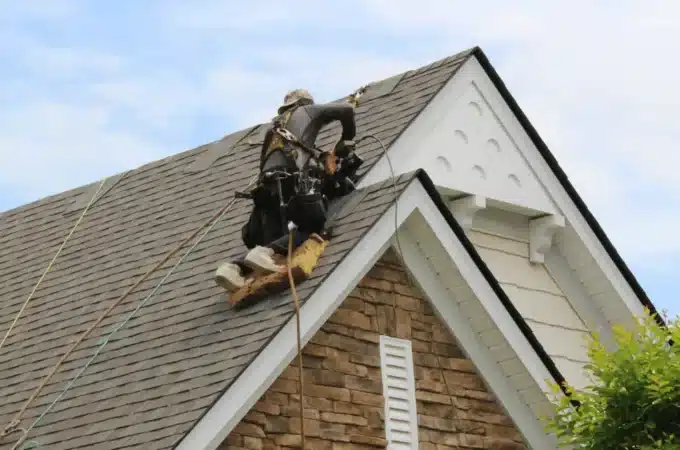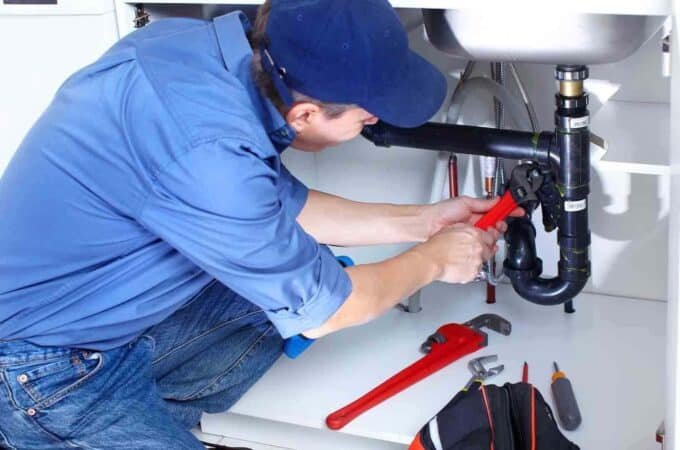
How to Clean Up After a Basement Flood: Health and Safety First
When you find your basement flooded, it’s tempting to rush in and start the cleanup, but taking a moment to reflect on health and safety first is essential. Have you thought about the potential hazards lurking in the water? Before you jump into the task, it’s vital to assess the flood situation carefully. Identifying the water source and any electrical risks should be your first step. Once you’ve got a clear picture, gathering the right safety gear becomes your next priority. But what exactly should you look for, and how do you proceed safely from there?
Table of Contents
ToggleAssess the Flood Situation
Before diving into the cleanup process, it’s vital to assess the flood situation accurately. Start by examining the water source: is it rainwater, a burst pipe, or sewage backup? This will help determine the contamination level and inform your approach. If it’s sewage or contaminated water, you’ll need to handle it more cautiously due to health risks.
Next, evaluate the extent of the flooding. Measure the water depth and identify which areas are affected. Document this with photos or videos for insurance claims.
Check for structural damage. Look at walls, floors, and support beams for any signs of warping, cracking, or instability. It’s important to determine if the flood has compromised the building’s integrity.
Also, be on the lookout for electrical hazards. Water and electricity don’t mix, so identify any submerged outlets or electrical appliances. Turn off the power supply to affected areas if you can do so safely.
Finally, consider the potential for mold growth. If water has been stagnant for over 24-48 hours, mold might start forming. Understanding these aspects will guide you in prioritizing tasks and ensuring a safer, more effective cleanup process.
Gather Necessary Safety Gear
Safety gear is essential when you’re preparing to clean up after a basement flood. Prioritizing your health and safety should always come first, so gather all necessary equipment before diving in.
Start with protective clothing, such as waterproof gloves and boots, to shield yourself from contaminated water. Wearing long sleeves and pants can also prevent skin exposure to harmful substances.
Next, equip yourself with a high-quality face mask or respirator. Floods often lead to mold and mildew growth, and inhaling these spores can be hazardous. Choose a mask that can filter out small particles effectively.
Eye protection is also important, so grab a pair of safety goggles to guard against splashes and debris.
Don’t forget about a hard hat, especially if your basement has structural damage. Falling objects are a serious risk, and protecting your head is a must.
A sturdy flashlight and extra batteries are vital for visibility in dark, damp areas. Finally, a first-aid kit is invaluable for treating minor injuries on the spot.
Remove Water Safely
Effectively removing water from your basement is a critical step in the cleanup process. Begin by ensuring you’ve got the right equipment to tackle the job safely. A wet/dry vacuum is ideal for small amounts of water, but for significant flooding, a submersible pump is your best bet.
Before you start, make sure the power supply to your basement is turned off to avoid electrical hazards. If you’re unsure about handling electrical components, consult a professional.
If the water level is substantial, use a bucket to bail out as much water as you can before using your pump or vacuum. Start with the lowest point in the basement, typically the drain, and work your way outward.
Remember to check your equipment’s cords and connections for damage before plugging them in.
Keep windows open for ventilation if possible, as this helps reduce moisture and humidity. It’s important to take breaks to avoid exhaustion, as removing water can be physically demanding. Stay hydrated and use proper lifting techniques to avoid injury. Once you’ve removed the water, you can move on to drying out the space thoroughly.
Clean and Disinfect Affected Areas
Once the water’s out, it’s time to tackle cleaning and disinfecting the affected areas. Start by wearing protective gear such as gloves, masks, and boots to protect yourself from potential contaminants.
Grab a bucket and fill it with warm water and a mild detergent. Scrub hard surfaces like walls, floors, and furniture with this mixture. A stiff brush can help remove any dirt or debris stuck on these surfaces.
After scrubbing, rinse the areas with clean water to remove any soap residue. Now, it’s time to disinfect. Use a solution of one cup of bleach mixed with a gallon of water. Apply this to all cleaned surfaces to kill germs and bacteria. Be thorough, but make sure good ventilation while using bleach, as it can release strong fumes.
For porous items like upholstered furniture or carpets, professional cleaning might be necessary if they can’t be effectively sanitized. Remember, some items that can’t be thoroughly cleaned might need to be discarded to prevent health risks. Finally, dry everything thoroughly using fans or dehumidifiers, making sure no moisture lingers, as this can lead to further issues. Keep safety first, and take your time to do it right.
Prevent Mold and Future Issues
After cleaning and disinfecting, it’s important to focus on preventing mold and future issues. Mold thrives in damp environments, so keeping the basement dry is vital.
Start by using a dehumidifier to lower moisture levels. Set it to maintain a humidity level below 50%. This discourages mold growth and keeps the air fresh.
Inspect the basement for any leaks or water entry points. Seal cracks in walls and floors with waterproof sealant. Check windows and doors for proper sealing and repair any damaged weather stripping. If your basement has a sump pump, verify it’s working correctly and consider installing a battery backup in case of power outages. Regularly clean and maintain gutters and downspouts to direct rainwater away from your foundation. Extend downspouts at least five feet from the house.






